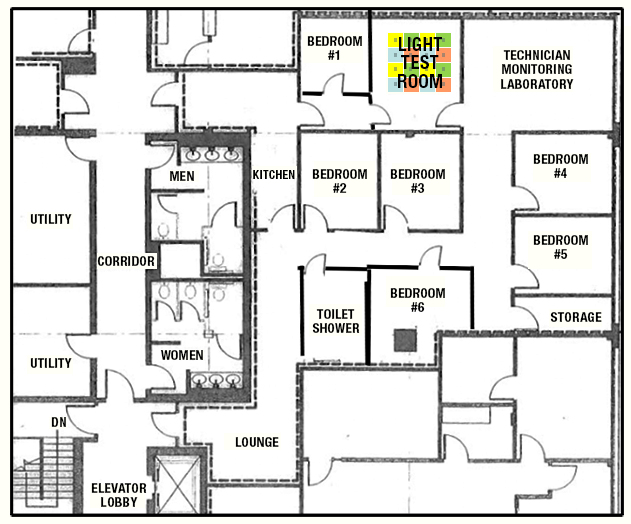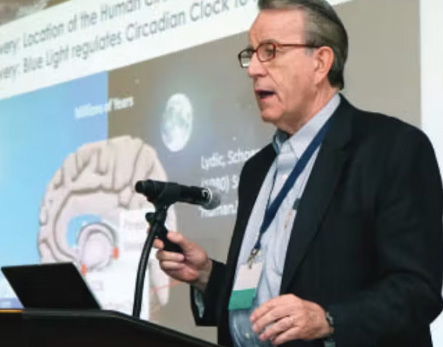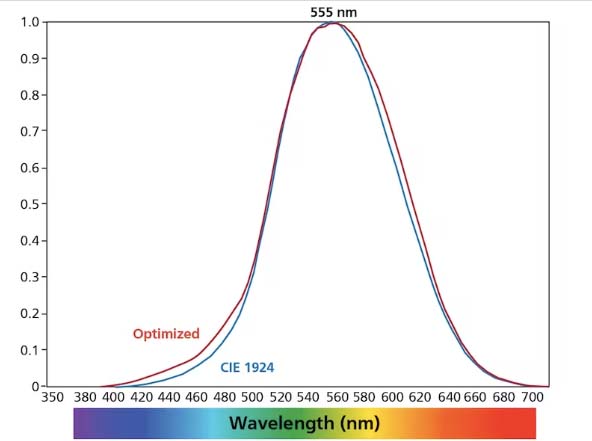Optimizing Light for Human Health and Performance
 Click to enlargeLocated on Boston’s Rt 128 High Tech Corridor
Click to enlargeLocated on Boston’s Rt 128 High Tech Corridor
Dr Martin Moore-Ede, a former professor at Harvard Medical School, and his biomedical and engineering research teams built the Circadian Light Research Center in 2010 as a specialized research facility to identify and develop the optimal lighting for day and night. With funding from the National Institutes of Health and other sources they operated this light-controlled medical research center with fully spectrally-controlled workplace and residential lighting, to study the impacts of LED and other lighting on human volunteers living and working shifts around the clock.
As lighting with carefully controlled spectral content is delivered, a full range of physiological, psychological performance and medical tests are undertaken including
- Sleep and wakefulness with continuous EEG monitoring
- Blood tests (lipids, cardiac markers)
- Glucose Tolerance tests (Diabetes)
- 24-hour urine melatonin collection
- Salivary Melatonin 30-minute intervals
- Blood pressure
- Alertness & performance tests
- Mood and Depression scale test
Full ethical protection of our volunteers is provided. Each participant gave written informed consent after receiving a full explanation of the study purpose, design, and procedures. Study protocols and consent forms are reviewed and approved by the Circadian Institutional Review Board (IRB# 00001522) registered for Federal Wide Assurance (FWA) with the Office for Human Research Protections (OHRP) of the Department of Health and Human Services (HHS).
The Circadian Light Research Center also conducts studies and evaluates lighting products that meet the rigorous standards of evidence-based circadian lighting.
Recent Publications
Recent Publications








